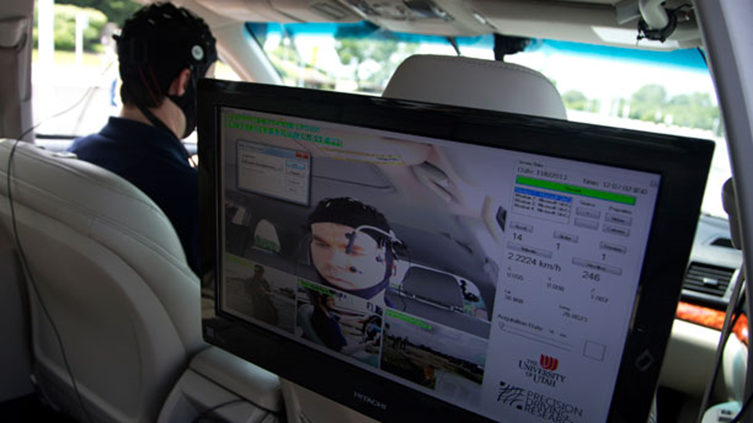Behind the wheel of a car, hands-free does not mean risk-free. Hands-freetechnologies, such as voice recognition, can be just as distracting to drivers as the hand-held habits they’re meant to curb, according to a AAA-sponsored study released Wednesday.
Motorists had delayed reaction times and missed visual cues while using hands-free devices, leading them to miss stop signs and not see pedestrians, according to researchers at the University of Utah. The study is believed to be the first of its kind toexclusively measure cognitive distractions.
Automakers have been feverishly developing new infotainment systems in recent years that were supposedly safer than motorists texting and making phone calls from their smart phones. What hasn’t changed is the ability at which the humans behind the wheel process information.
“It’s time to consider limiting new and potentially dangerous mental distractions built into cars,” said AAApresident and CEO Robert L. Darbelnet, noting a projected five-fold increase in infotainment systems over the next five years.
The researchers measured brainwaves, eye movement and other metrics to evaluate the drivers’ mental workload and what happened when they attempted to complete multiple tasks at the same time.
Some tasks took a relatively low amount of cognitive strain, such as changing the radio station. Others were more surprising. Researchers found, for example, using voice-to-text systems has a 21 percent higher mental workload rating than use of a regular handheld cell phone.
In late April, federal officials asked automakers to voluntarily curb technologies that required drivers to take their eye off the road for more than two seconds at a time and more than 12 seconds total. The National Highway Traffic Safety Administration also requested that several operations be disabled unless the vehicle is stopped and in park, such as text entry, video-based entertainment and display of certain texts and social-media content.
Distracted driving killed 3,331 Americans in 2011, the latest full year for which data is available, according to a report compiled in May by the Centers for Disease Control.
“People aren’t seeing what they need to see to drive, that’s the scariest part to me,” Peter Kissinger, president and CEO of the AAA Foundation For Traffic Safety, told the Associated Press. “Police accident investigative reports are filled with comments like the ‘looked, but did not see.’ That’s what drivers tell them. We used to think they were lying, but now we know that’s actually true.”



